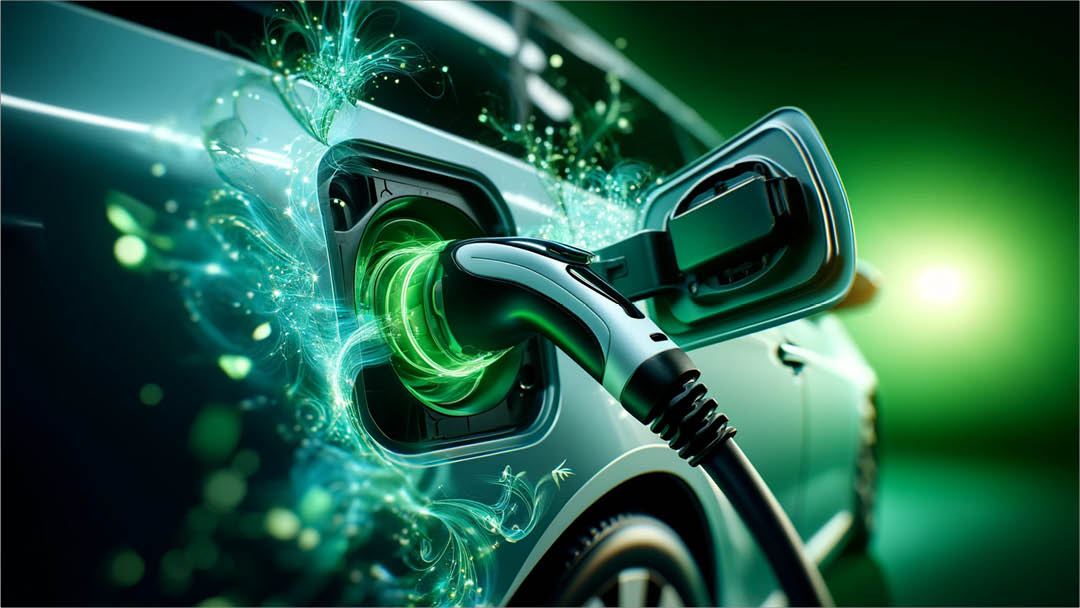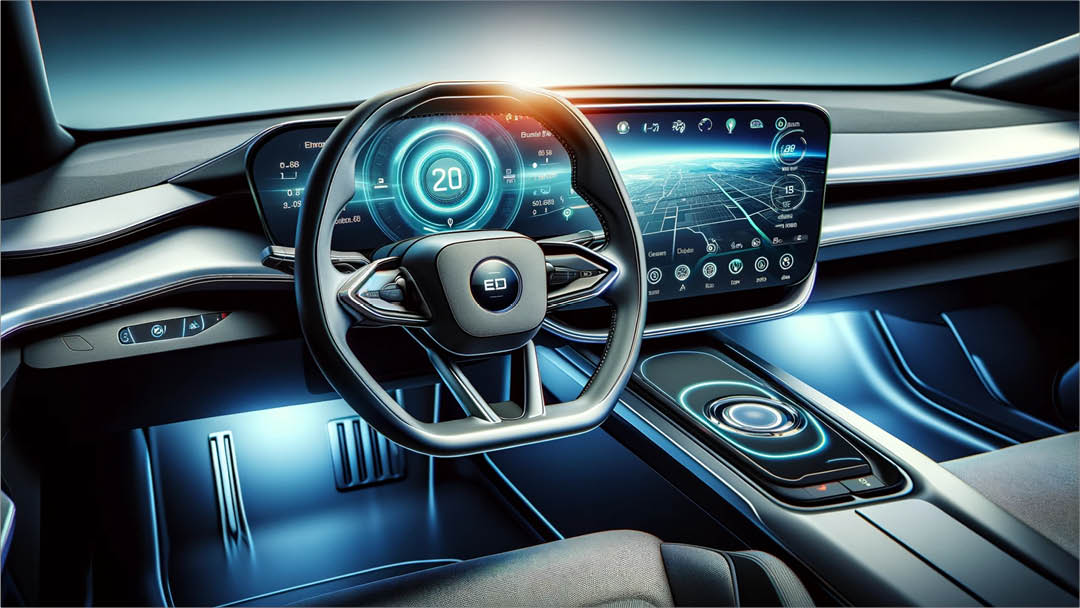In Brief
- The software-defined nature of electric vehicles (EVs) introduces unique cybersecurity vulnerabilities that require specialized attention.
- The attack surface of EVs extends beyond the vehicle itself, encompassing charging infrastructure, communication networks, and backend systems.
- Acsia employs a multi-layered, defence-in-depth approach to safeguard the entire EV ecosystem against evolving threats.
Electric vehicles (EVs) represent more than just a shift in propulsion technology; they signify a transformative change in the entire automotive architecture. Their reliance on sophisticated electronic systems, interconnected networks, and external communication channels has ushered in an era of software-defined mobility. However, this transformation also exposes EVs to a new breed of cyber threats, necessitating robust security measures to protect critical functions, data, and user privacy.
The Evolving Threat Landscape: A Technical Perspective
As an automotive technical architect, I understand the intricate complexities of EV systems and the potential vulnerabilities they present. The attack surface of an EV is expansive, encompassing:
- Vehicle Systems: Electronic Control Units (ECUs) that manage critical functions like braking, steering, powertrain, and ADAS are prime targets for cyberattacks. Compromising these systems could lead to catastrophic consequences, such as loss of control or unauthorized manipulation.
- In-Vehicle Networks: The Controller Area Network (CAN) bus along with Ethernet networks are crucial for enabling communication across various Electronic Control Units (ECUs) in vehicles. However, their lack of inherent security mechanisms makes them susceptible to eavesdropping, data injection, and replay attacks, potentially disrupting critical vehicle functions.
- External Communication Interfaces: EVs utilize cellular, Wi-Fi, and Bluetooth connections for features like infotainment, navigation, and over-the-air (OTA) updates. These interfaces, if not properly secured, can become gateways for unauthorized access, data theft, or malware injection.
- Charging Infrastructure: Charging stations, particularly those connected to public networks, are vulnerable to attacks that could disrupt charging, steal payment data, or even compromise the vehicle’s systems through the charging port.
Acsia’s Defence-in-Depth Approach
At Acsia, we recognize that cybersecurity is not an add-on but an integral part of the EV development process. We take a holistic, defence-in-depth approach that encompasses all layers of the EV ecosystem, from vehicle hardware and software to communication networks and backend systems.
Our comprehensive EV cybersecurity strategy includes:
- Secure Boot and Secure Firmware Update: Ensuring the integrity of boot code and firmware updates to prevent unauthorized modifications and ensure the authenticity of software running on ECUs.
- Network Segmentation and Firewalls: Critical systems are isolated from less sensitive ones, using firewalls to thwart unauthorized access and hinder lateral movements within the vehicle’s network.
- Intrusion Detection and Prevention Systems (IDPS): IDPS technologies are implemented to scrutinize network traffic and system behaviour, promptly identifying and mitigating suspicious actions or irregularities.
- Encryption and Authentication: Utilizing strong encryption algorithms to protect data in transit and at rest and implementing robust authentication mechanisms to verify the identity of devices and users.
- Vulnerability Assessment and Penetration Testing (VAPT): Conducting regular VAPT exercises to proactively identify and address vulnerabilities in EV systems and infrastructure.
- Security Incident and Event Management (SIEM): Implementing SIEM solutions to collect and analyse security logs from various sources, providing real-time visibility into potential threats and enabling swift incident response.
- Employee Training and Awareness: Training employees on cybersecurity fundamentals and stressing the importance of following established security protocols.
Acsia’s Cybersecurity Solutions for E-Mobility
We offer a range of cybersecurity services tailored to the unique needs of the e-mobility industry, including:
- Security Architecture Design and Implementation: Designing and implementing secure architectures for EV systems, encompassing hardware, software, and network components.
- Threat Modelling and Risk Assessment: Identifying potential threats and vulnerabilities and developing mitigation strategies to minimize risk.
- Security Testing and Validation: Conducting comprehensive security testing, including vulnerability assessments, penetration testing, and code reviews, to identify and address weaknesses.
- Incident Response and Forensic Analysis: Providing rapid response and investigation in the event of a cybersecurity incident to minimize damage and identify the root cause.
- Security Training and Awareness: Security Testing and Validation: Performing exhaustive security evaluations, including vulnerability scans, penetration tests, and code audits, to uncover and remediate potential security flaws.
As the e-mobility landscape continues to evolve, cybersecurity will remain a critical concern. Acsia is committed to staying at the forefront of this challenge, providing innovative solutions that protect the integrity, safety, and privacy of the EV ecosystem.










